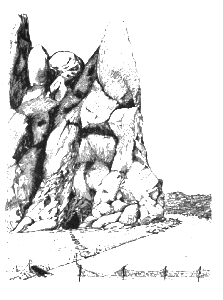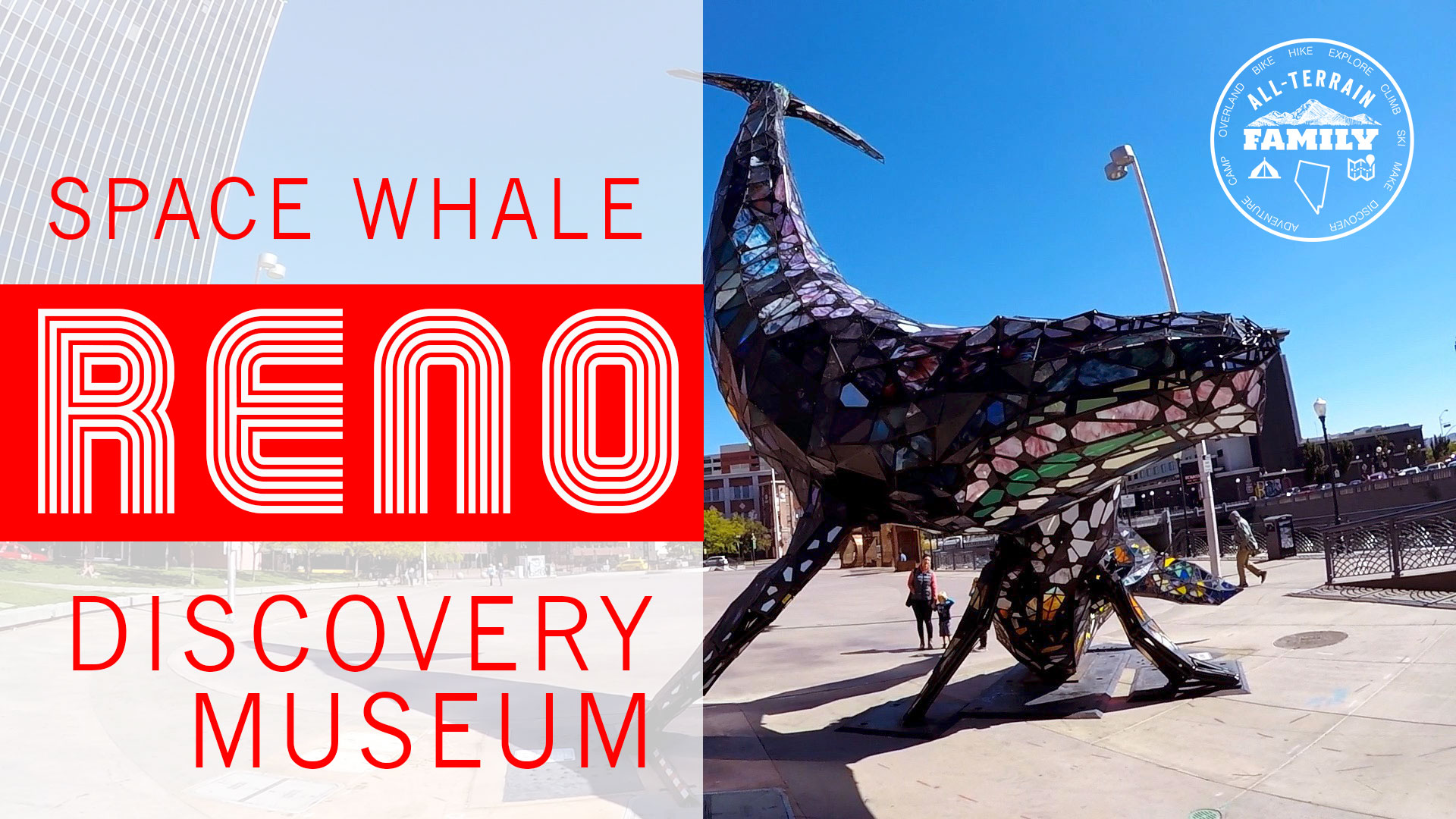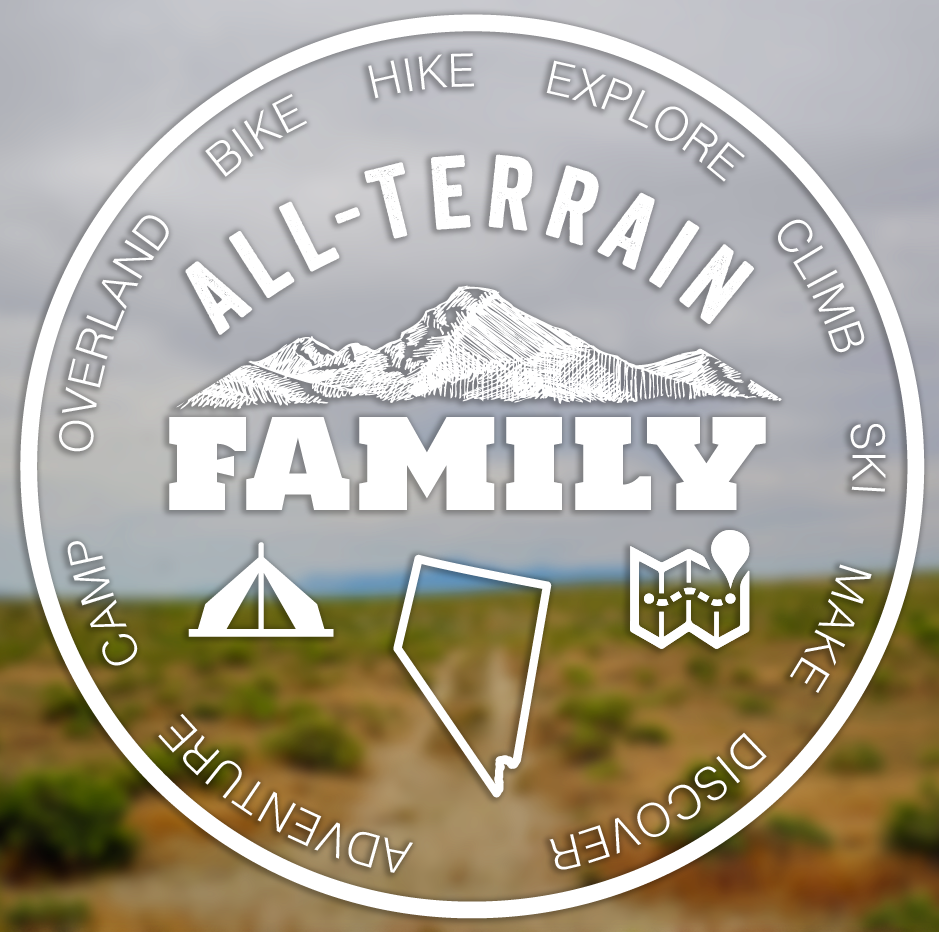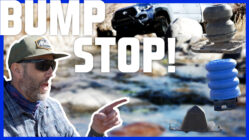 So we were reading The Hobbit (Michael Hague Illustrated version), my son and I. My dad read it to me when I was a boy. He loved the book. The elements of adventure, courage and fantasy drew me in as well. My boy just loves dragons. The Michael Hague illustrations are what drew him in, and the story has kept him interested night after night.
So we were reading The Hobbit (Michael Hague Illustrated version), my son and I. My dad read it to me when I was a boy. He loved the book. The elements of adventure, courage and fantasy drew me in as well. My boy just loves dragons. The Michael Hague illustrations are what drew him in, and the story has kept him interested night after night.
Pretty quick into the story, though, I needed to pause and let him know that, though it sounded authoritative and referenced history and a greater knowledge like a non-fiction book or article might, it was just a story. “Trolls aren’t real,” I said. “They’re just something that’s fun to read stories about. Hobbits aren’t real, wizards, goblins, dwarves and elves aren’t real either. You know that right?” He was transfixed by the painting on the next page and the glow of his rocket ship jammies.
We love stories that take place at the intersection of science and imagination. One of our favorites is The Big Bad Book of Beasts which is amazing, fantastical and dubious animals like the Mongolian Death Worm. And we have watched and re-watched shows like the new Cosmos series and love learning about how the world came to be as we see it.
What is an Origin Myth?
An origin story, or origin myth, is a simple story that explains how the complexities of nature came into being. This is stuff from the book of genesis to native american campfire stories to greek myths. It’s the best guess of a pre-science society to explain what they see in the natural world, based on the context of their culture.
I recently came across on of my favorite books of origin myths, Just So Stories by Rudyard Kipling. You may be familiar with the story The Elephant’s Child, in which the elephant gets his trunk. If not, get the book. It’s hilarious.
In The Cat That Walked By Himself, we learn about the domestication of Man, Dog, Horse, Cow and Cat under the magic of Woman.
When Wild Dog reached the mouth of the Cave he lifted up the dried horse-skin with his nose and sniffed the beautiful smell of the roast mutton, and the Woman, looking at the blade-bone, heard him, and laughed, and said, ‘Here comes the first. Wild Thing out of the Wild Woods, what do you want?’
Wild Dog said, ‘O my Enemy and Wife of my Enemy, what is this that smells so good in the Wild Woods?’
Then the Woman picked up a roasted mutton-bone and threw it to Wild Dog, and said, ‘Wild Thing out of the Wild Woods, taste and try.’ Wild Dog gnawed the bone, and it was more delicious than anything he had ever tasted, and he said, ‘O my Enemy and Wife of my Enemy, give me another.’
The Woman said, ‘Wild Thing out of the Wild Woods, help my Man to hunt through the day and guard this Cave at night, and I will give you as many roast bones as you need.’
‘Ah!’ said the Cat, listening. ‘This is a very wise Woman, but she is not so wise as I am.’
Wild Dog crawled into the Cave and laid his head on the Woman’s lap, and said, ‘O my Friend and Wife of my Friend, I will help Your Man to hunt through the day, and at night I will guard your Cave.’ Read the whole story here
In episode 2 of Cosmos, we learn about the (more or less) actual domestication of dogs. The basic story is right at the beginning, watch below.
Kipling published Just So Stories in 1902 and the new Cosmos came out last year, 2014, but the origin myth of the former is more or less the same as the science of the latter.
Some wolves were less afraid of humans and approached them. Some humans rewarded them for that, yadda yadda yadda, we have dogs.
That’s not really my point, because none of the other Just So Stories are anywhere near reality. What I find interesting is that almost everyone has great capacity to look at the natural world and wonder and imagine. Our modern information system has given us an equal opportunity to access and understand knowledge. Which means we can combine them into an endless cycle of wonder and discovery from wherever we are, whether that’s watching Wild Kratts on PBS or wondering what kind of hawks are living in our back yard and finding out via a friend on Facebook.
But it’s important as kids grow up that you let them experience wonder, and fantasy and imagination while in parallel teaching them the value of science, empiricism and the vast wealth of knowledge and discovery that’s available to them as they go through life. That’s why I explained to him that while they’re super fun to read about and imagine, we know that hobbits and dragons and elves aren’t ACTUALLY real.
He thought about that for a second as the feral horses chewed up my lawn outside the open window. “But not Santa’s Elves,” he said. “They’re still real. Right daddy?”
-Mike
Discovery
- Just So Stories
- The Hobbit, Michael Hague Illustrated
- Cosmos
- Origin Myth
- Other Reading










Add comment